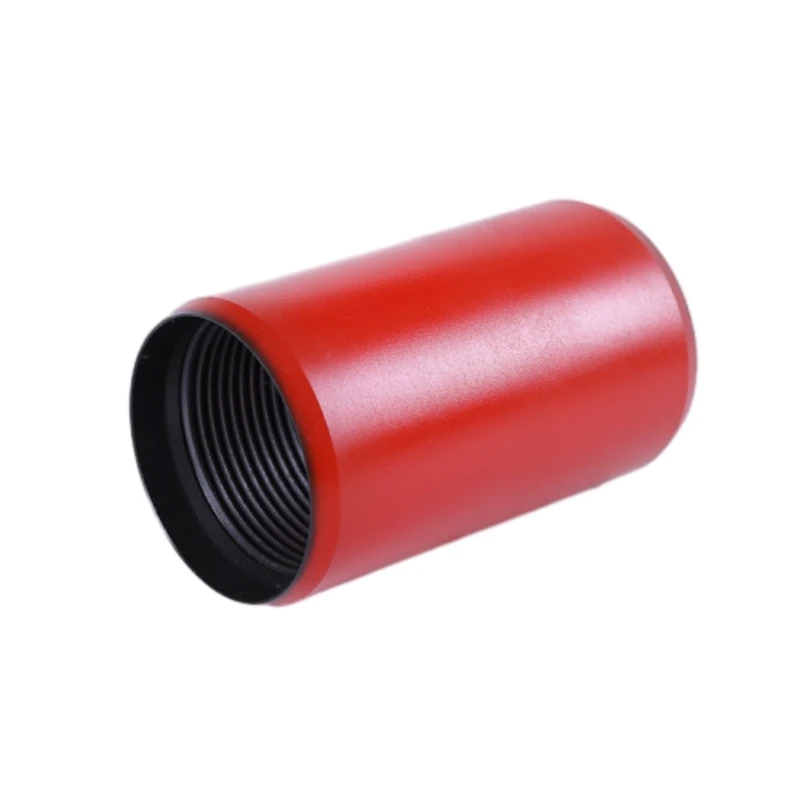- Afrikaans
- Albanian
- Amharic
- Arabic
- Armenian
- Azerbaijani
- Basque
- Belarusian
- Bengali
- Bosnian
- Bulgarian
- Catalan
- Cebuano
- Corsican
- Croatian
- Czech
- Danish
- Dutch
- English
- Esperanto
- Estonian
- Finnish
- French
- Frisian
- Galician
- Georgian
- German
- Greek
- Gujarati
- Haitian Creole
- hausa
- hawaiian
- Hebrew
- Hindi
- Miao
- Hungarian
- Icelandic
- igbo
- Indonesian
- irish
- Italian
- Japanese
- Javanese
- Kannada
- kazakh
- Khmer
- Rwandese
- Korean
- Kurdish
- Kyrgyz
- Lao
- Latin
- Latvian
- Lithuanian
- Luxembourgish
- Macedonian
- Malgashi
- Malay
- Malayalam
- Maltese
- Maori
- Marathi
- Mongolian
- Myanmar
- Nepali
- Norwegian
- Norwegian
- Occitan
- Pashto
- Persian
- Polish
- Portuguese
- Punjabi
- Romanian
- Russian
- Samoan
- Scottish Gaelic
- Serbian
- Sesotho
- Shona
- Sindhi
- Sinhala
- Slovak
- Slovenian
- Somali
- Spanish
- Sundanese
- Swahili
- Swedish
- Tagalog
- Tajik
- Tamil
- Tatar
- Telugu
- Thai
- Turkish
- Turkmen
- Ukrainian
- Urdu
- Uighur
- Uzbek
- Vietnamese
- Welsh
- Bantu
- Yiddish
- Yoruba
- Zulu
Casing Threads and Couplings for Optimal Oil and Gas Well Performance
Casing Threads and Couplings A Comprehensive Overview
In the oil and gas industry, the effective extraction of hydrocarbons from beneath the Earth's surface significantly depends on the integrity and reliability of the casing system employed in drilling operations. At the core of this system are casing threads and couplings, which play an essential role in ensuring that the casing pipes can be securely connected, withstand high pressures, and maintain their structural integrity over time. This article delves into the critical aspects of casing threads and couplings, their types, applications, and significant considerations for selection and use.
Understanding Casing Threads
Casing threads refer to the threading on the ends of casing pipes, which facilitates their connection to one another. These threads are machined to precise specifications to ensure a tight seal and effective load distribution throughout the casing string. There are several threading standards recognized in the industry, with the most common being the American Petroleum Institute (API) standards. API threads are categorized into a few main types, such as long round, short round, and buttress threads, each designed for different applications and load capacities.
The choice of casing thread type often depends on factors like the pressure and temperature conditions of the wellbore environment, as well as the specific requirements of the drilling operation. For instance, buttress threads are preferred in high-load scenarios due to their enhanced load resistance, while long round threads may be advantageous in applications where some degree of flexibility is beneficial.
The Role of Couplings
Couplings are crucial components used to connect sections of the casing string together. They serve not only as connectors but also as reinforcement points whereby the mechanical strength of the assembly is enhanced. Couplings can be classified into various categories, including threaded, welded, and slip couplings, each offering distinct benefits and disadvantages.
Threaded couplings are the most commonly used in the oil and gas industry, characterized by their ability to provide a tight seal. They also allow for easy disassembly and reassembly if maintenance or replacement is required. Welded couplings, on the other hand, can provide a stronger and more permanent connection, making them suitable for applications requiring high structural integrity. However, they can be more challenging to install and remove if access to the lower sections of the casing is needed.
casing threads and couplings

Material Considerations
Casing threads and couplings must be manufactured from materials that can withstand not only the physical loads during drilling and production but also the corrosive environment present in many subsurface formations. Common materials include carbon steel, alloy steel, and stainless steel, with each offering different levels of corrosion resistance, strength, and durability.
In salty or acidic environments, the selection of appropriate materials becomes even more critical, as failure to choose materials that can withstand such conditions can lead to severe operational issues, including leaks and disastrous well failures. Advances in material science have led to the development of high-performance alloys and coatings that further enhance the lifespan of casing threads and couplings.
Best Practices for Installation and Maintenance
Proper installation and maintenance practices are essential to maximize the life and performance of casing threads and couplings. Before installation, it is crucial to inspect the threads for any damage or deformation that could compromise the integrity of the connection. During assembly, applying the correct torque to the connections is vital to avoid over-tightening, which can lead to thread stripping or cracking.
Regular inspections during the operational life of the casing are also fundamental. Utilizing techniques such as ultrasonic inspection can reveal early signs of wear or corrosion that, if left unattended, could result in costly repairs or loss of production.
Conclusion
In conclusion, the selection and maintenance of casing threads and couplings are critical for the successful operation of drilling and production activities in the oil and gas industry. Understanding the various types of threads and couplings, their material properties, and the significance of best practices in installation and maintenance can make a significant difference in ensuring a well's integrity and productivity. By prioritizing these components, operators can mitigate risks and enhance the overall efficiency of their operations, paving the way for safer and more reliable hydrocarbon extraction.
-
Tubing Pup Joints: Essential Components for Oil and Gas OperationsNewsJul.10,2025
-
Pup Joints: Essential Components for Reliable Drilling OperationsNewsJul.10,2025
-
Pipe Couplings: Connecting Your World EfficientlyNewsJul.10,2025
-
Mastering Oilfield Operations with Quality Tubing and CasingNewsJul.10,2025
-
High-Quality Casing Couplings for Every NeedNewsJul.10,2025
-
Boost Your Drilling Efficiency with Premium Crossover Tools & Seating NipplesNewsJul.10,2025







